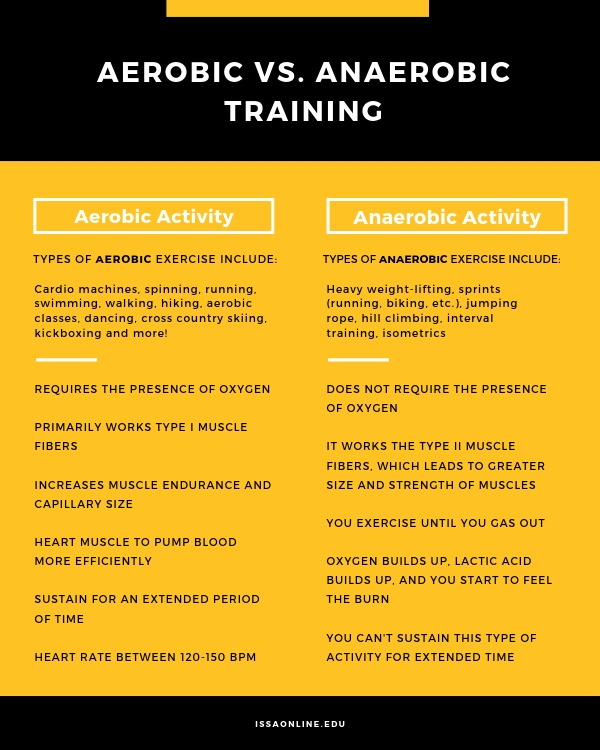
Not only is it beneficial for overweight and obese people, but there are also many benefits to exercise. Regular exercise is crucial for maintaining a healthy weight. For a healthy weight loss or maintenance, you should get at least thirty minutes of activity per day. Your overall health will be improved by increasing your physical activity and decreasing your sedentary hours. Experts recommend 150 minutes of moderate intensity activity per week. If this is not possible, you can also try other exercises like yoga, which is great for weight loss.
Moderate intensity
Research shows that moderate-intensity exercise is able to increase a person’s sense of fullness, and decrease food intake in later stages of pregnancy. The effects of exercise on appetite control were studied by Hopkins and Blundell JE. Moderate intensity exercise can also help improve mood and self confidence, which are key factors in weight loss. A moderate-intensity workout may be more beneficial for those who don't enjoy vigorous exercise.
For exercise scientists to assess whether moderate intensity exercise is beneficial, they use a simple test. To assess the level of intensity, participants are asked to speak and breathe heavily for 10 minutes or more. Moderate intensity exercise is a great way of incorporating physical activity into your lifestyle. It can be as simple as walking two miles, cycling five miles, or taking part in water aerobics for half an hours.

Cardiovascular
Regular cardio exercises increase your heart rate and lung capacity, both of which are essential for weight management. Cardio is an important part your workout, regardless of whether you're an experienced bodybuilder or a beginner. Cardio exercises can include running, swimming, biking, and any other exercise that challenges your heart and lungs. The CDC recommends that cardio exercise should be done at least 30 mins each day. Cross-training, jumping, kickboxing and swimming are some other examples of cardio exercises.
Cardio exercise boosts immunity, decreasing the chance of infection and disease. It increases blood circulation, keeping your body strong and healthy. If you lack proper circulation, your chances of suffering a stroke or heart attack are high. Although cardio does burn calories, it should be paired with a strength-training regimen for a complete weight management routine. If you love your workouts, you'll be more likely to stick with it.
Strength training
Strength training is a vital part of any fitness program, no matter if you are trying to lose weight or manage it. Not only does it help you burn calories, but it also helps protect your joints and preserve your independence as you age. Strength training can improve balance and lower your chance of falling. Strength training has many benefits, including the ability to reduce the symptoms and signs of chronic diseases. But what exactly is strength training?
One of the most effective ways to burn calories after a workout is through excess post-exercise oxygen consumption, or EPOC. Strength training is more energy-intensive than traditional exercise. This means that you burn more calories during your workouts and recovery. It's also known as "post-exercise exercise". Strength training can help you lose weight and increase your metabolism by up two hundred calories each time you do it.

Yoga
Yoga can help you lose weight, one of many benefits. It improves your flexibility and strength while at the same time building mental focus. Regular yoga practice can help you lose weight and live a healthier lifestyle. Regular yoga practice has been shown to reduce cortisol levels, which can be a killer for fat loss. You can also do cardio with yoga like Vinyasa Yoga or Ashtanga yoga.
When you are starting a yoga exercise program, make sure to seek professional guidance. Your primary care physician may have experience in integrative medicines and can tailor a program to meet your needs. Your doctor may recommend you see a yoga therapist. These people will be more able to give you personalized attention and provide guidance. Yoga may not be the best choice for you if your health is in jeopardy.
FAQ
How can you lose weight?
For people who want to look good, losing weight is a popular goal. People desire to lose weight because they want to live longer, feel healthier, and live longer. There are many ways to lose weight, and there are different types of exercises. You can choose from cardio training or strength training. Each type of exercise has its own benefits and drawbacks. If you are looking to burn calories, walking is your best choice. To build muscle mass, you should consider lifting weights. This article will explain how to lose fat and what exercise to do.
The first thing to consider when losing weight is what kind of diet plan you should follow. It doesn't mean you have to eat less, but it is important to avoid junk food and eat more fresh foods. Aim to consume no less than 2200 calories each day. Reduce your calorie intake if you are looking to lose weight more quickly. This way, you will get rid of fat much faster.
Exercise is a great way to lose weight quickly. Exercise helps to reduce calories and improve metabolism. You must combine exercise and a healthy diet to lose weight. You will lose weight by exercising. Your body will burn fat more quickly if you do your workouts regularly. Regular exercise is a great way to keep fit and healthy. You stay fit and help prevent diseases like diabetes, heart disease, hypertension, and obesity.
You should try to walk as much as possible. Walking can help you burn approximately 500 calories an hour. If you walk 30 minutes every day, you will burn around 1500 calories. This will result in a loss of 1 pound per week. You can also run/jog for 10 minute. Running burns approximately 1000 calories an hour. Run for 20 minutes every day if you want to lose 5 lbs in three weeks.
It is important to combine healthy eating habits with exercise to lose weight. Balance these two aspects.
How much weight can you lose in one week?
The amount of weight you can lose depends on your current body fat percentage. You need to determine how much weight loss you are looking for. Your BMI (Body Mass Index) tells you how much weight should be lost to reach your goal. If your BMI is 25 or greater, you're overweight. If your BMI falls below 30 you are considered obese.
Your BMI is calculated at 28.7 if your weight is 200. To reach a healthy weight, you would need to lose 70 pounds. To see if you're overweight, visit www.healthyminds.com/bmi/.
Once you know your BMI, you can use this formula to figure out how many pounds you'll lose per week:
(Your Goal Weight - Current Weight)/BMI * 7 Number Of Pounds Lost Per Week
You would need to do 2 weeks of exercise to lose 50 lbs in one month. This is equal to 56 days. Divide that by 7 pounds per week. That's 8.3 pounds per week.
You could also try this calculator from www.weightlosscalculator.net. This calculator gives you an estimate of how many calories are needed to lose 1 pound per day.
How often do people fast?
The majority of people who follow the ketogenic diet fast only once a week. However, there are some who fast twice per week. Some others fast three days per week.
There is a variation in the length of fasts. Some people fast for 24 or 48 hours, while others go for 48.
Some people will even travel more than 72 hours. These extreme cases are rare.
Statistics
- Another study found that 24 weeks of weight training led to a 9% increase in metabolic rate among men, which equated to burning approximately 140 more calories per day. (healthline.com)
- Among women, the increase in metabolic rate was nearly 4%, or 50 more calories per day (14Trusted Source (healthline.com)
- According to a study sponsored by the American Council on Exercise, a person weighing around 140 pounds (64 kg) would burn 108 calories at a 30-minute beginner's Pilates class or 168 calories at an advanced class of the same duration (26). (healthline.com)
- According to Harvard Health, it's estimated that a 155-pound (70-kg) person burns roughly 112 calories per 30 minutes of weight training (5). (healthline.com)
External Links
How To
How to Intermittent Fasting
Intermittent Fasting is a method of dieting where you only eat one meal per week, typically Monday through Friday. The goal is to decrease your overall calories and still get adequate nutrition. This is believed to help you burn more fat than if your meals were regular throughout the week.
The most popular form of IF is to limit calories to certain days. This would mean that you skip breakfast each morning, and then eat whatever food you like throughout the day. You can also opt to eat three small meals a day instead of two large.
There are many forms of intermittent fasting. There are pros and con's to every type of intermittent fasting. Alternate day fasting is the easiest way to start out because you don't have to make any major changes to your lifestyle. Some people may find it difficult to adhere to such a strict schedule, so they might try other methods.
If you are interested in starting an intermittent fasting regime, I recommend beginning with alternate-dayfasting. This will allow you gradually to transition into more extreme fasting habits without changing your lifestyle.